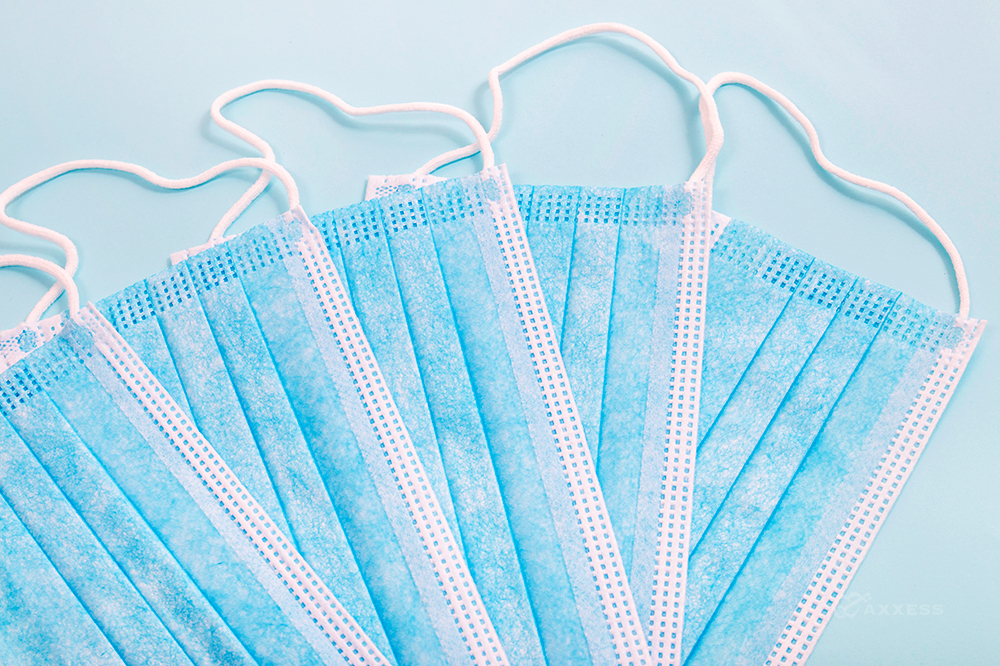
With the current nationwide shortage of N95 masks, surgical masks, and isolation masks, the Centers for Disease Control and Prevention (CDC) has recommended contingency and crisis strategies to reduce risks for healthcare providers. As many agencies are finding themselves in the contingency or crisis strata of face mask availability, healthcare at home agencies are looking for additional ways to protect their staff with personal protective equipment (PPE).
Determining the Need for PPE
It is beneficial to first determine the level of protection required related to the task and the patient. When performing procedures that will produce spray and aerosolization with patients who do not have a suspected or confirmed COVID-19 infection, studies have shown that N95 masks do not provide additional protection over surgical masks for influenza (similar to COVID-19) protection. The same studies show that large droplets can be trapped in a variety of materials used in homemade face masks, including scarves, cotton t-shirts, pillowcases, tea towels, linen, and silk. Making appropriate informed choices about what mask to use for what tasks and patients will assist agencies in extending the capacity of their mask supply.
CDC Recommendations for Homemade PPE
When caring for patients with known or suspected COVID-19 infection, if N95 masks are not available the CDC recommends that leaders triage the appropriate staff to care for the patient, preferably one who has recovered from known COVID-19 infection and is not pregnant or immunocompromised. When no face masks are available, the CDC recommends homemade masks as a last resort. There are many patterns and instructions available to the public to crowdsource the protection of our healthcare providers:
- Phoebe Putney Health System Step-By-Step Mask Production Guide
- Deaconess Health System Face Mask Instructions and Video
- FreeSewing Open Source Project Facemask Pattern
Homemade masks can also be used for patients when any spray or splash is anticipated during care, such as respiratory care, wound care, and tube care.
Homemade masks are more effective when accompanied by a face shield that covers the entire front and sides of the face. When commercially made face shields are unavailable, healthcare agencies have been able to make those as well using heat resistant laminating sheets (A4 sheets) or marine-grade vinyl with industrial tape, foam, and elastic. One instructional used only office supplies, including A4 sheets, wire coat hangers, paper clips, hole punch, and pliers. Supplies for face shields can be found at craft stores, hardware stores, and office supply stores. Multiple face shield and mask patterns and ways to donate can be found on many Facebook groups.
Making the best decisions for patients and clinicians are challenging during a time of extended emergency. Sometimes the best choice may not seem like one we would have considered just a few short weeks ago. Luckily, there are people who are coming up with solutions for us to leverage so we don’t have to struggle to look for ideas on how to best care for our team.
Axxess is your partner for care in the home care education and solutions. Find more COVID-19 information on our resources page and in our Help Center.
